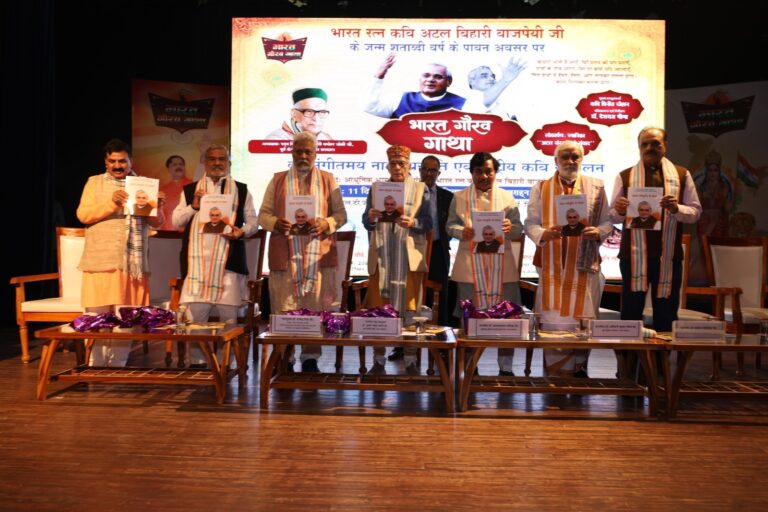
New Delhi: The Union Cabinet today approved the development of a new terminal building, apron extension, runway extension, and parallel taxi track at Varanasi’s Lal Bahadur Shastri International Airport.
The estimated financial outgo will be Rs. 2869.65 crore for enhancing the passenger handling capacity of the airport to 9.9 million passengers per annum (MPPA) from the existing 3.9 MPPA.
The New Terminal Building, which encompasses an area of 75,000 square metres is designed for a capacity of 6 MPPA and for handling 5000 Peak Hour Passengers (PHP). It is designed to offer a glimpse of the vast cultural heritage of the city.
The proposal includes extending the runway to dimensions 4075m x 45m and constructing a new Apron to park 20 aircraft.
According to a Cabinet note, the Varanasi airport will be developed as a green airport with the primary objective of ensuring environmental sustainability through energy optimization, waste recycling, carbon footprint reduction, solar energy utilization, and incorporation of natural daylighting, alongside other sustainable measures throughout the planning, development, and operational stages.
An all-weather greenfield deep-draft major port at Vadhavan in Maharashtra
Meanwhile, the Cabinet today also approved the development of an all-weather greenfield deep-draft major port at Vadhavan in Maharashtra. The port, on completion, will be one of the top ten ports in the world, a Cabinet note said.
The project will be constructed by Vadhavan Port Project Limited (VPPL), an SPV formed by Jawaharlal Nehru Port Authority (JNPA) and Maharashtra Maritime Board (MMB) with a shareholding of 74% and 26%, respectively. The Vadhavan Port will be developed as an all-weather Greenfield deep draft major port in Vadhavan, Palghar District, Maharashtra.
The total project cost, including the land acquisition component, is Rs.76,220 crore. This will include the development of core infrastructure, Terminals and other commercial infrastructure in public-private partnerships (PPP) mode. The cabinet also approved establishing the road connectivity between the Port and National Highways by the Ministry of Road Transport & Highways and rail linkage to the existing rail network and the upcoming Dedicated Rail Freight Corridor by the Ministry of Railways.
The Port will comprise nine container terminals, each 1000 meters long, four multipurpose berths, including the coastal berth, four liquid cargo berths, a ro-ro berth, and a coast guard berth. The project involves the reclamation of 1,448 hectares of area in the sea and the construction of 10.14 km of offshore breakwater and container/cargo storage areas. The project will create a cumulative capacity of 298 million metric tons (MMT) per annum, including around 23.2 million TEUs (Twenty-foot equivalents) of container handling capacity.
The capacities created will also aid EXIM trade flow through IMEEC (India Middle East Europe Economic Corridor) and INSTC (International North South Transportation Corridor). The world-class maritime terminal facilities promote public-private partnerships (PPP) and leverage efficiencies and modern technologies to create state-of-the-art terminals capable of handling mainline mega vessels plying on international shipping lines between the Far East, Europe, the Middle East, Africa and the Americas.
According to the Cabinet note, the project, aligned with the objectives of PM Gati Shakti programme, will add to further economic activity and also have the potential for direct and indirect employment opportunities for around 10 lakh individuals, thereby contributing to the local economy.
– global bihari bureau





